Let’s be honest—America is a sandwich-loving nation, and for good reason. From coast to coast (and well beyond), nearly every region has its own iconic creation stuffed between slices of bread, a roll, or a fluffy bun. But we’re not talking about your average turkey club or grilled cheese here. These are the bold, messy, mouthwatering masterpieces that tell a story of local culture, history, and flavor.
Ever heard of a spuckie? Know the difference between a Maine lobster roll and a Connecticut one? Think a sandwich has to involve two slices of bread? Think again. From the French Quarter of New Orleans to the Portuguese neighborhoods of the Northeast, these regional sandwiches are more than food—they’re edible landmarks.
What sets these sandwiches apart? It’s the small details: olive salad soaking into round Sicilian loaves in a muffuletta, horseradish on kummelweck rolls in Buffalo, or crispy shrimp spilling out of flaky French bread in a po’ boy. Some sandwiches are wrapped and pressed overnight to intensify flavor, while others demand immediate consumption before they collapse under the weight of their own glory.
Some, like the chopped cheese or bánh mì, are born from cross-cultural genius. Others, like the pasty or cemita, were brought by immigrants and fiercely preserved for generations. Each one represents its city, its people, and their tastebuds.
If you consider yourself a true sandwich enthusiast—or even just someone with a healthy appetite—this list is your edible bucket list. Get ready to travel through flavor, one bite at a time. These are the 12 regional sandwiches you absolutely need to try at least once. And fair warning: once might not be enough.
1. The Muffuletta: New Orleans’ Italian Masterpiece
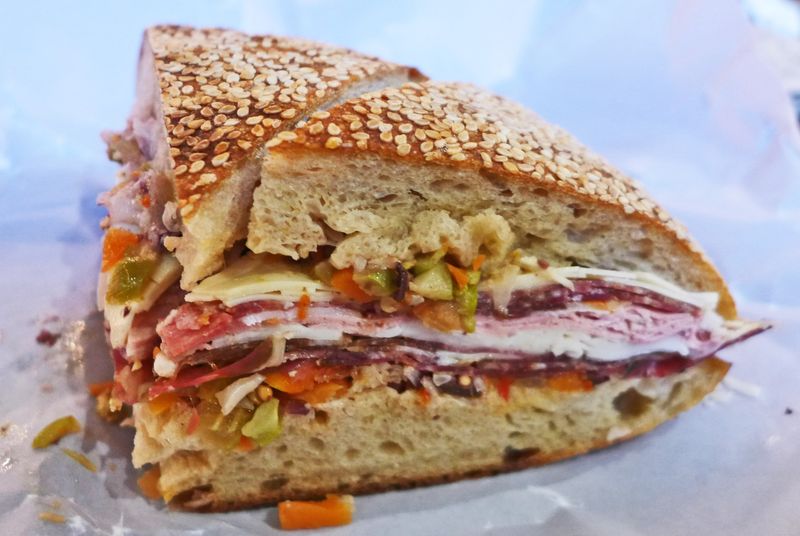
Born in the French Quarter at Central Grocery in 1906, this magnificent sandwich represents the Sicilian influence on New Orleans cuisine. The magic lies in the olive salad – a tangy, garlicky mix that seeps into the round loaf, creating flavor fireworks with every bite.
What makes the muffuletta special is how it improves with time. Many locals insist it tastes better after a few hours, as the olive oil penetrates the bread and melds the flavors together. The combination of meats and cheese creates a perfect balance of salt, fat, and acid.
A proper muffuletta feeds several people – don’t attempt to finish one alone unless you’re preparing for a serious food coma!
2. The Po’ Boy: Louisiana’s Working-Class Hero
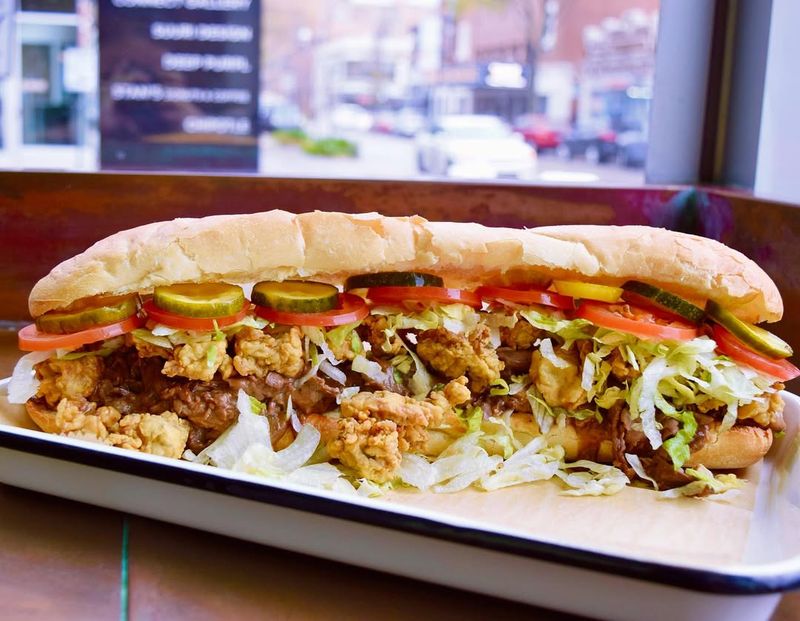
Created during a 1929 streetcar strike, this sandwich earned its name feeding ‘poor boys’ fighting for fair wages. The contrast between the crispy-outside, fluffy-inside French bread and the filling – whether hot, crispy fried shrimp or oysters, or gravy-soaked roast beef – creates pure sandwich harmony.
Locals debate fiercely about where to find the best version. Some swear by Domilise’s, others by Parkway Bakery. The bread makes or breaks a po’ boy – it must have that distinctive New Orleans French bread crackle when you bite into it.
Ordering it ‘dressed’ means adding lettuce, tomatoes, pickles, and mayo – though purists might skip the extras to let the main ingredients shine.
3. The Italian Beef: Chicago’s Juicy Treasure
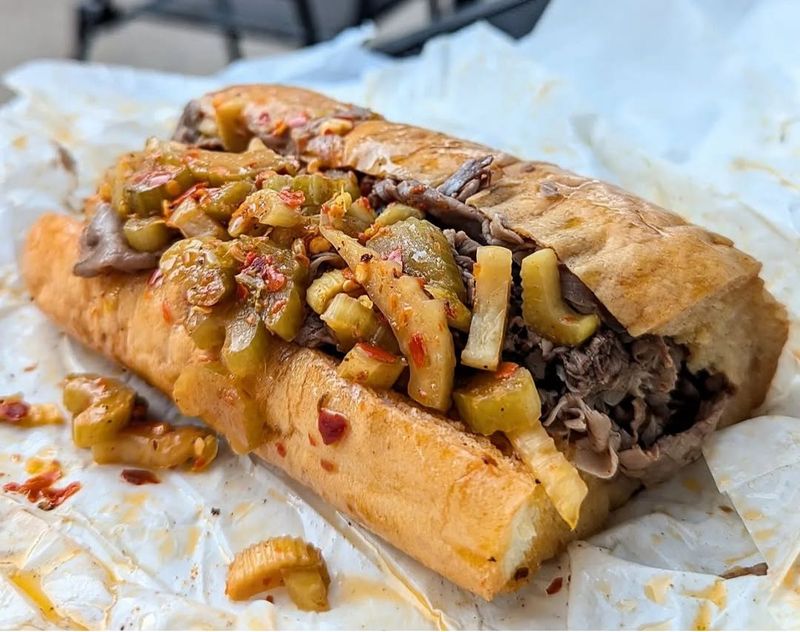
Gravy-soaked and gloriously messy, the Italian beef emerged from Chicago’s stockyards in the early 1900s. Italian immigrants created this budget-friendly feast by slow-roasting tough cuts of beef with herbs and spices, slicing it paper-thin, and piling it high on sturdy rolls.
The sandwich comes with important decisions: sweet peppers or hot giardiniera? Dry, wet, or dipped? The last option means quickly dunking the entire sandwich in jus, creating a delicious race against time before it disintegrates.
Proper Italian beef technique requires the ‘Italian stance’ – feet spread, body hunched forward over the counter to avoid dripping on your clothes. Napkins are not optional with this Chicago icon!
4. The Bánh Mì: Vietnamese-American Fusion Perfection
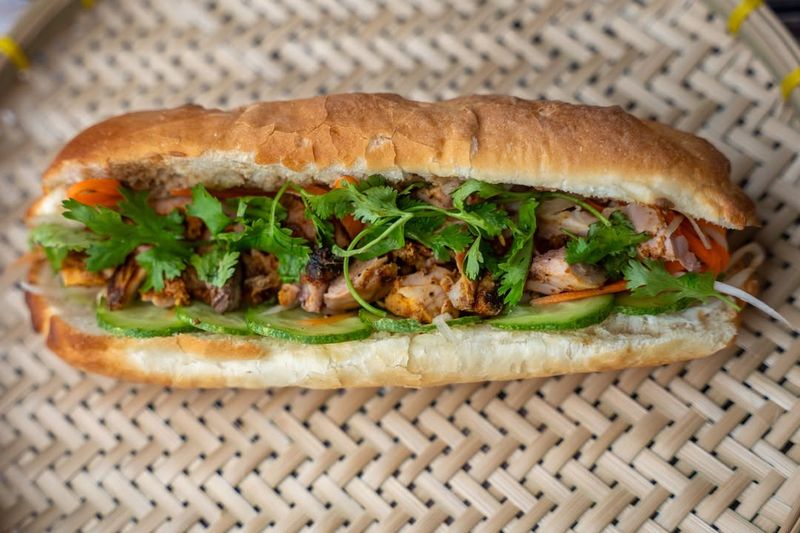
French colonialism left Vietnam with baguettes, which locals transformed into something extraordinary. The bánh mì’s genius lies in its contrasts: warm meat against cool vegetables, rich mayonnaise against bright cilantro, and that perfect crackly-yet-soft bread that can’t be replicated elsewhere.
Southern California’s large Vietnamese communities have made this sandwich a staple far beyond its origins. The classic version features pork, but modern interpretations include everything from lemongrass chicken to tofu. The pickled daikon and carrots provide essential crunch and tang.
Finding a great bánh mì often means venturing to small family shops where the bread is baked fresh daily and the prices rarely exceed $5-6 for sandwich perfection.
5. The Chopped Cheese: Bodega Brilliance from NYC
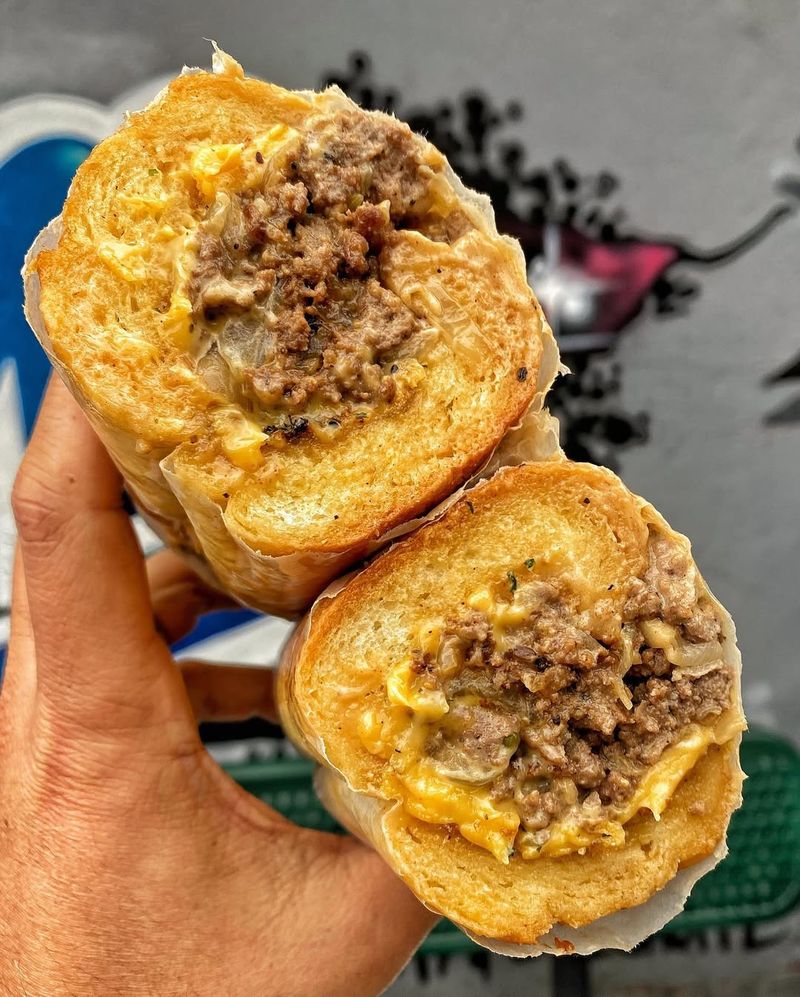
Harlem and the Bronx claim this beloved bodega creation that’s like a New York remix of a cheesesteak. The sandwich’s beauty comes from its humble simplicity: ground beef chopped on the grill with onions until the meat develops crispy edges, then smothered with American cheese until melty.
Stuffed into a hero roll with standard toppings of lettuce, tomato, and condiments, the chopped cheese represents New York street food ingenuity. Its origins remain disputed, but many credit Hajji’s deli in East Harlem as the originator.
Once a local secret, the sandwich gained wider fame after appearing in music videos and being discovered by food writers. True fans know it tastes best at 2 AM from a corner bodega with a cat sleeping near the register.
6. The Beef on Weck: Buffalo’s Unsung Culinary Star
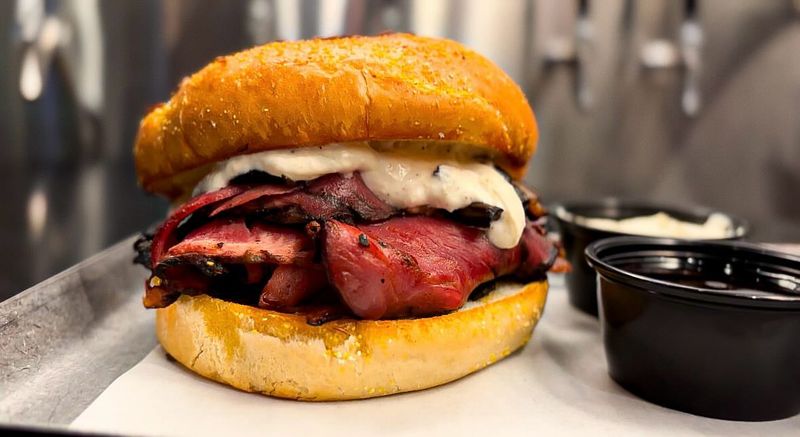
While Buffalo wings get all the glory, this Western New York specialty deserves equal fame. German immigrants brought kummelweck rolls – topped with coarse salt and caraway seeds – creating a sandwich that perfectly balances simplicity and bold flavor.
The ideal version features warm, rare roast beef sliced thin, piled high on that distinctive roll, with the top bun lightly dipped in au jus. A dollop of sinus-clearing horseradish is the only condiment needed. The salt crystals on the roll provide perfect seasoning with each bite.
Buffalo institutions like Schwabl’s and Charlie the Butcher have been serving beef on weck for generations. The sandwich pairs perfectly with a cold local beer and represents Buffalo’s German heritage in delicious form.
7. The Pasty: Michigan’s Upper Peninsula Portable Feast
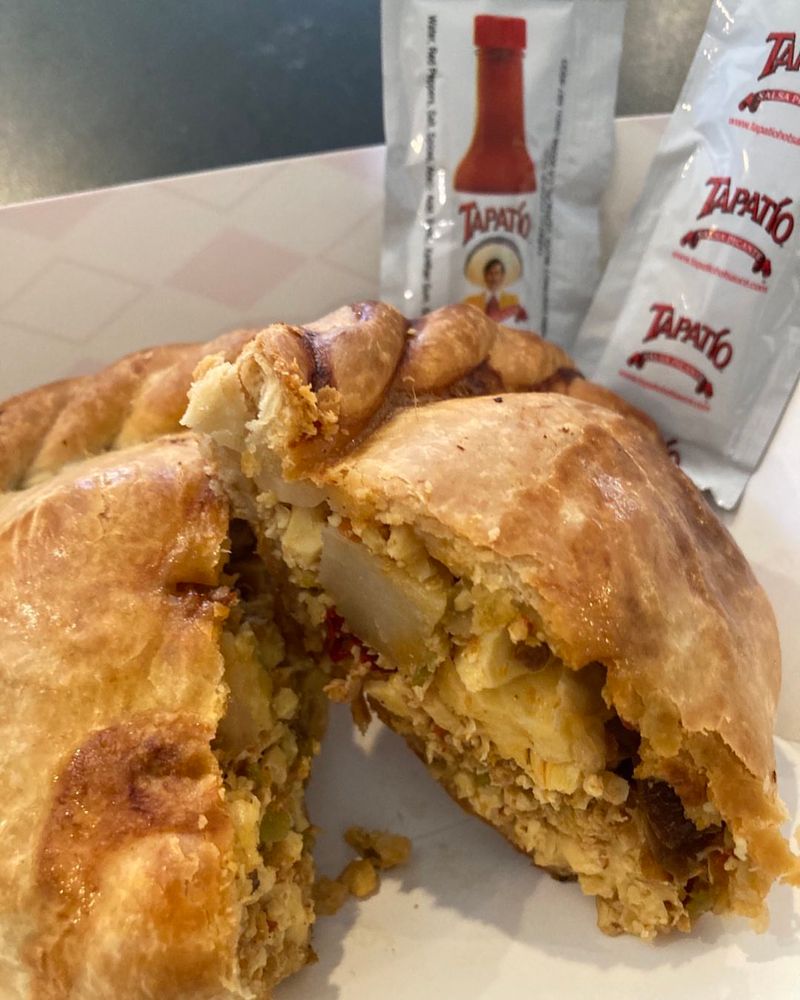
Cornish miners brought this hand pie to Michigan’s Upper Peninsula in the 1800s, creating a portable meal that could survive a trip deep underground. Though technically a pie, ‘Yoopers’ (UP locals) consider it a sandwich category of its own – a self-contained meal of meat, potatoes, and vegetables in a sturdy pastry shell.
Traditional pasties contain ground beef, potatoes, onions, and rutabaga, though recipes vary by family. The crimped edge served as a handle miners could hold with dirty hands, then discard (though most people eat it now).
Fierce debates rage about proper condiments – ketchup, gravy, or nothing at all? Whatever your preference, this hearty meal reflects the region’s mining heritage and remains a beloved Upper Peninsula identity marker.
8. The Cemita: Puebla’s Sesame-Topped Wonder

Mexican-American communities have embraced this showstopper from Puebla, featuring a cloud-like sesame seed bun that’s slightly sweet and impossibly airy. The traditional filling includes milanesa (breaded, fried meat), but the cemita’s true stars are its unique ingredients.
Papalo, an herb with flavors reminiscent of cilantro and arugula, adds distinctive freshness. String cheese-like Oaxacan quesillo creates dramatic cheese pulls with every bite. Avocado provides creaminess while chipotle adds smoky heat.
Finding authentic cemitas usually requires venturing to Mexican neighborhoods in cities like Los Angeles or Chicago. The sandwich represents the perfect marriage of textures – crispy, creamy, chewy and soft – all in one magnificent handful.
9. The Spuckie: Boston’s Italian-American Classic
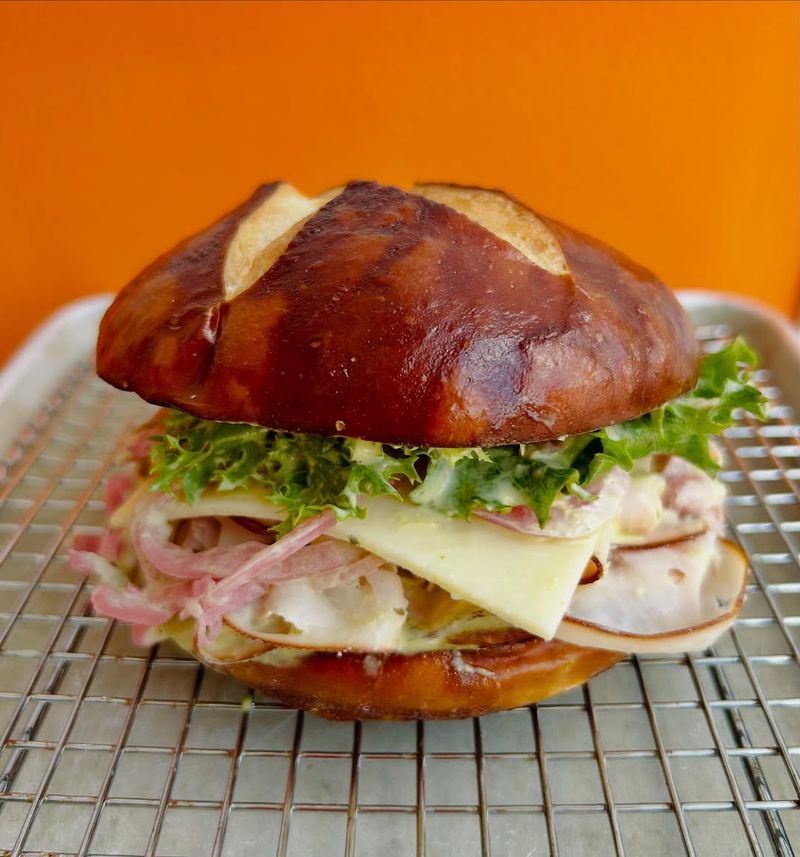
Before ‘sub’ became universal, Bostonians called their Italian sandwiches ‘spuckies’ – named after the spuccadella bread they’re made on. This East Coast creation layers mortadella, salami, ham, provolone, and a tangy pickled vegetable relish called ‘the works’ on olive oil-brushed bread.
What distinguishes a proper spuckie is the pressing – the sandwich gets wrapped tightly and weighted down, allowing flavors to meld. Old-school Italian markets in Boston’s North End still make them the traditional way, though the name has largely faded from use.
Modern interpretations from shops like Cutty’s in Brookline have revived interest in this regional specialty. A great spuckie balances salt, fat, and acid in perfect harmony – quintessential Italian-American ingenuity.
10. The Chivito: Uruguay’s Magnificent Meat Stack
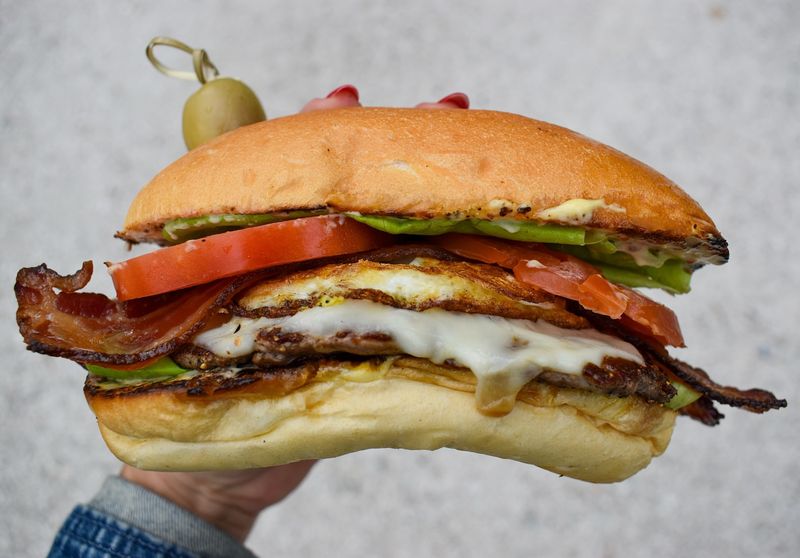
Legend claims this Uruguayan masterpiece was created when a customer requested goat meat (‘chivito’ means ‘little goat’). Having none, the chef improvised this towering creation instead. The sandwich has found devoted fans in South American communities across the U.S.
A proper chivito leaves no protein behind – thinly sliced churrasco beef, ham, bacon, and a fried egg create a carnivore’s dream. Mozzarella, lettuce, tomato, olives, and mayonnaise somehow find space in this architectural marvel. Some versions add roasted red peppers or pickled vegetables for brightness.
Attempting to eat a chivito with dignity is futile – surrender to the glorious mess and keep napkins handy. This sandwich reflects Uruguay’s cattle-raising tradition and love of abundant, flavorful food.
11. The Lobster Roll: New England’s Coastal Treasure
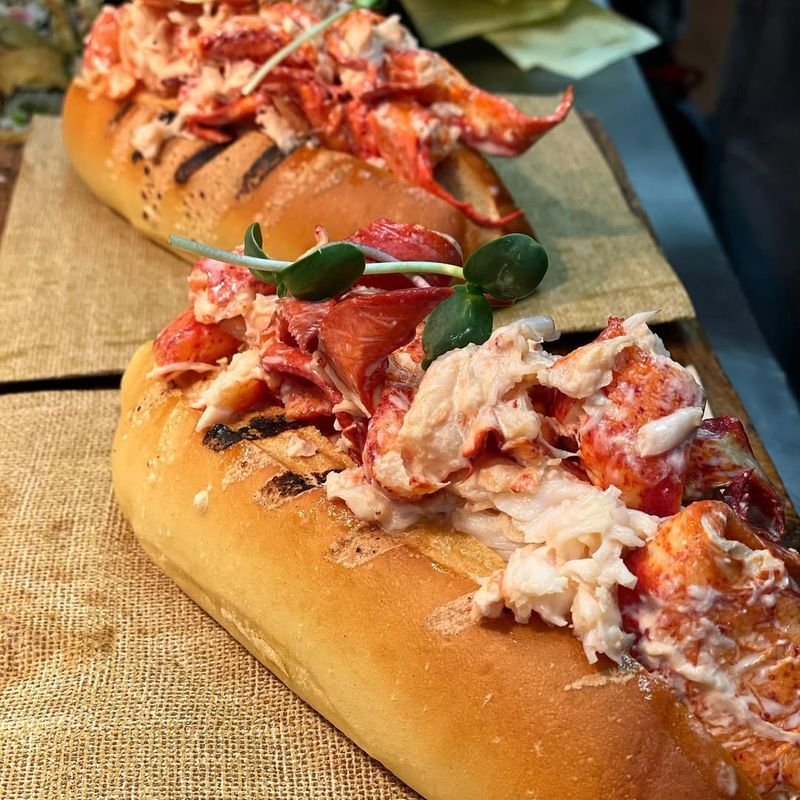
Summer in New England isn’t complete without this simple yet luxurious creation. The debate between Connecticut-style (warm with butter) and Maine-style (cold with light mayo) divides families and friends, though both showcase sweet lobster meat in a toasted split-top bun.
The best versions contain knuckle and claw meat – more flavorful than tail meat alone. Minimal seasoning lets the lobster shine, though subtle additions like celery, lemon, or chives can enhance without overwhelming. The roll itself must be buttered and griddled until golden.
Roadside shacks along coastal highways often serve the most authentic versions. True lobster rolls come with a hefty price tag, but the experience of enjoying one while watching the Atlantic waves makes it worth every penny.
12. The Francesinha: Portugal’s Hearty Sandwich Marvel
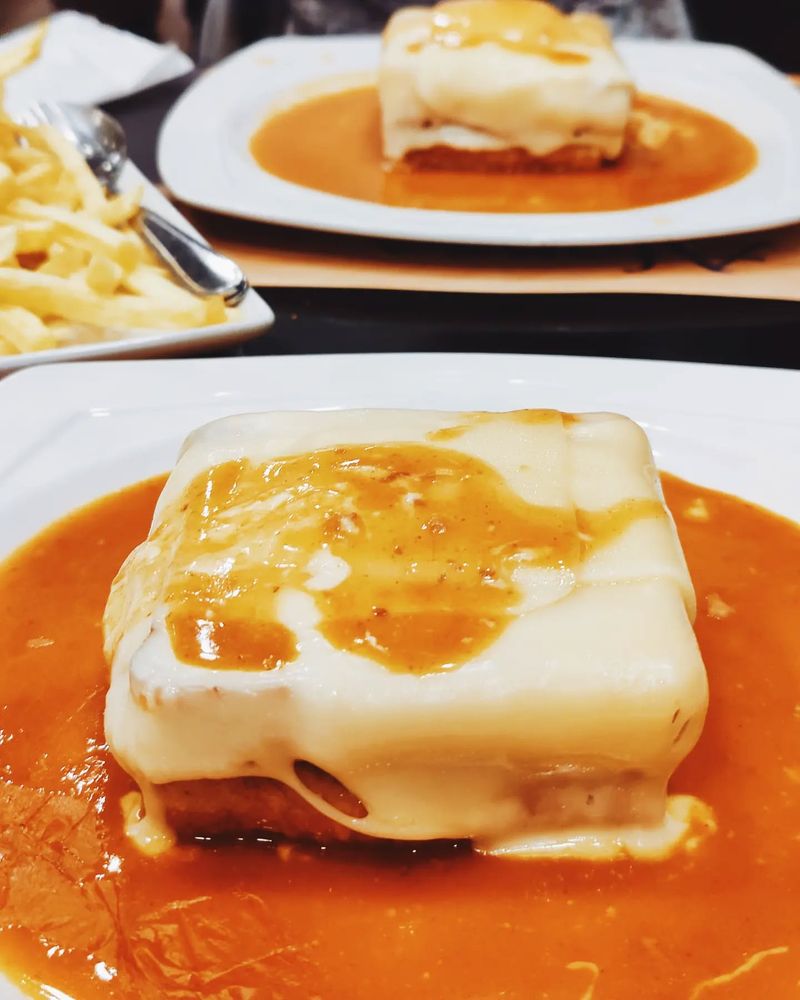
Portuguese immigrants brought this gut-busting creation to communities across America, though it remains most authentic in cities with large Portuguese populations. The francesinha (‘little French girl’) is anything but dainty – it’s a monument to excess inspired by the French croque monsieur.
Stacked with ham, linguiça sausage, steak, and covered with melted cheese, the sandwich gets completely smothered in a secret tomato-beer sauce that’s simultaneously spicy, tangy, and rich. Most versions come with an egg on top and french fries on the side for sauce-sopping.
Finding a proper francesinha outside Portugal requires insider knowledge, but Portuguese social clubs and restaurants in Massachusetts, Rhode Island, and Newark often serve authentic versions of this hangover-curing comfort food.
Leave a comment